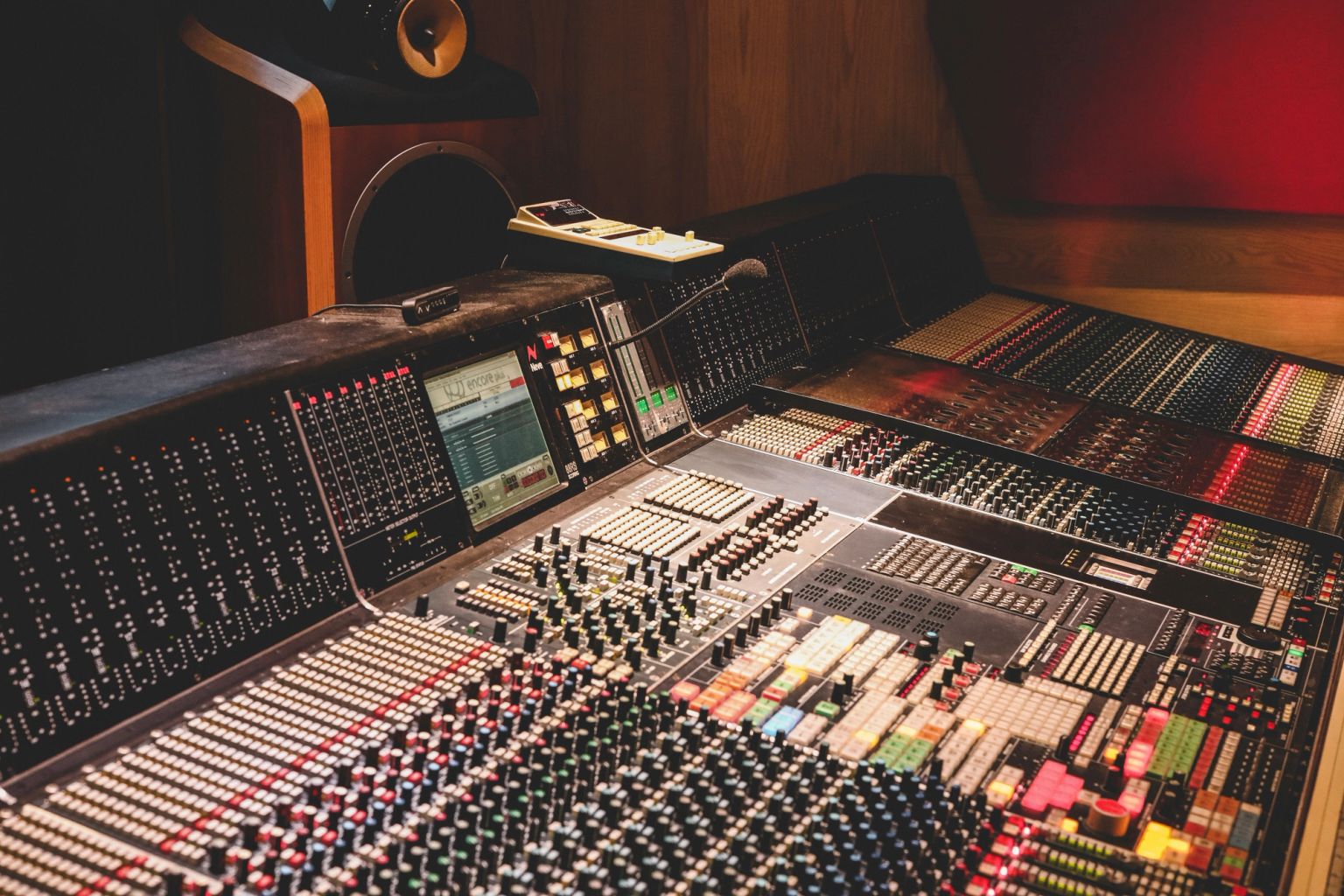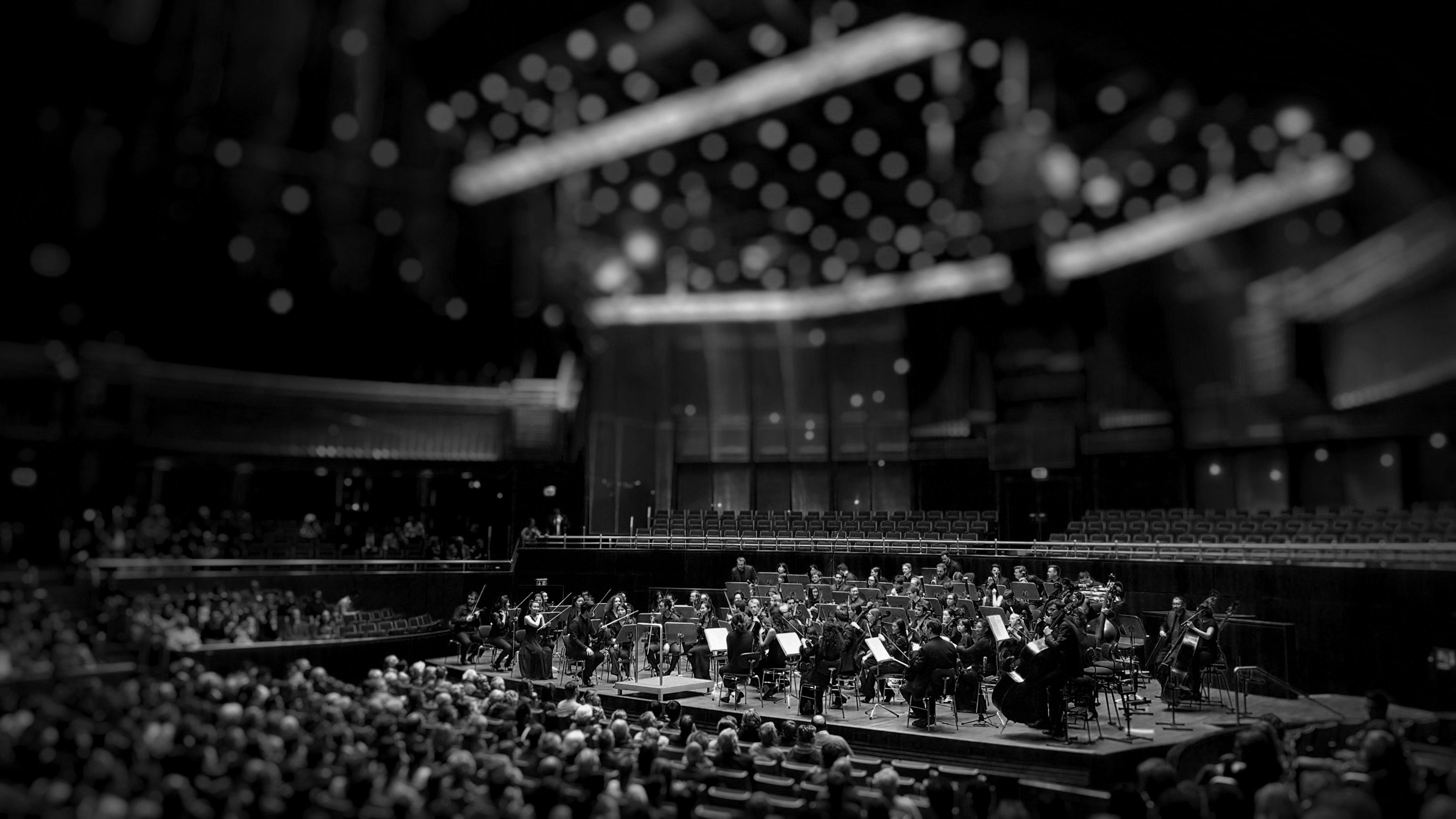Great Composers of the World 1. John Williams and His Top 10 Tracks
Stella
A&R Manager

Who is John Williams?
About John Williams
John Towner Williams (born 1932) is an American composer and conductor, one of the most influential figures in film music history. He has won 5 Academy Awards and 25 Grammy Awards, and holds the record for the most Academy Award nominations (54 times). His music for Star Wars, Jaws, E.T., Jurassic Park, Indiana Jones, Harry Potter, and Superman has become the identity of the films themselves, etched into the cultural memory of audiences【Wikipedia】.
"John Williams' music is not mere background—it's another protagonist of the film."

Top 10 Representative Tracks: Themes That Transform Scenes into Experiences
1) Star Wars Main Title — Star Wars: Episode IV – A New Hope
Brass fortissimo launches cosmic scale in one beat. Simultaneously with the title card, it shifts the audience's heartbeat into 'genre mode'. The franchise identity itself. The Guardian
2) The Imperial March — Star Wars: Episode V – The Empire Strikes Back
Repeated rhythm of low brass and timpani embodies the weight of power. Textbook build-up that lays tension 'aurally first' even before Darth Vader appears.
3) Princess Leia's Theme — Star Wars: Episode IV – A New Hope
Lyricism of oboe/clarinet and embrace of strings. The exemplar of character theme revealing fragility is courage.
4) Raiders March — Raiders of the Lost Ark
Spirited brass march creates propulsion of adventure, naturally guiding cut transition timing. Penetrates series DNA even in the latest Dial of Destiny. Wikipedia+1
5) Hedwig's Theme — Harry Potter and the Philosopher's Stone
Gatekeeper of the magical world unfolding over celesta's sparkle. Repeated and varied as main identity throughout all subsequent series, becoming brand sound. Wikipedia
6) Theme from Jurassic Park — Jurassic Park
Engineering of wonder where majestic leaps and descents intersect. Visualizes the abstract emotion of 'size and scale' through curved melody.
7) Flying Theme — E.T. the Extra-Terrestrial
Ascending phrase that 'lifts' into the sky. Constructs sense of liberation through perfect synchronization with camera crane/drone movement.
8) Jaws Theme — Jaws
Two-note conditioned response. Implements fear of the unknown through simple repetition and gradual dynamics, activating audience's primal vigilance psychology.
9) Theme from Schindler's List — Schindler's List
Case where violin solo becomes passage of memory and mourning. Emotional resonance that rings maximum with minimum notes.
10) Superman March — Superman
Designs heroic mythology's positive energy through melodic structure. Theme that 'transmits' strength and goodness.
For reference, Williams renewed his own record as the most-nominated living person at the 2024 Academy Awards with Dial of Destiny (54 total nominations). EW.com+1
Core Point: Themes design not only character personality, but also scene transitions and editing rhythm.
Field-Ready 'Williams-Style' Emotion Design Tips
When films captivate us, behind the screen always flows the narrative of music. At the center stands John Williams. He creates character heartbeats with leitmotifs and establishes worldviews with orchestral colors. Even today in 2025, his music is not a reference but the standard. The Guardian
Motif Placement: 1 Second Before Entry
- Lay the theme's introduction or rhythmic shape just before character appearance to create cognitive warm-up.
- Example: Before Vader is visible, 8th-note timpani repetition adjusts air pressure → brass tutti at appearance cut.
Orchestration: Genre Suggestion Through Texture
- SF/Adventure: Brass forte + timpani roll → emphasize scale and progression
- Drama/Retrospective: String legato + solo violin → activate inner monologue
Editing Rhythm: Synchronization of Cuts and Phrase Length
- Place cut points at 4-bar/8-bar boundaries to fix perceived tempo.
- For long takes, gradually changing harmonies (suspended/upper structures) induce time compression within shots.
Reference: John Williams Official Filmography - Reliable source johnwilliams.org
Extended Listening Guide: The Order to 'Listen' to Scores
1. Identify Theme
Grasp worldview tone through main title/main theme.
2. Track Variations
Check how themes change key, tempo, and orchestration according to character development.
3. Match Highlights
Find how themes return at climax (Reference: E.T. Flying's leap, Jurassic Park's majestic return).
Closing
John Williams' music doesn't simply 'decorate' scenes—it creates the film's identity and emotional arc. His 10 representative tracks are all cases that shine as independent art while existing with the films.
✅ Core Points to Remember:
- John Williams' music creates theme-centered memory structure.
- Even two or three notes can symbolize characters and worldviews.
- His scores simultaneously design editing rhythm and emotional pacing.
💡 Final Message:
"The melody that remains after the film ends—that's John Williams' true magic."
━━━━━━━━━━━━━━━━━━━━━━━━━━━━━━━━━━━━━━━━